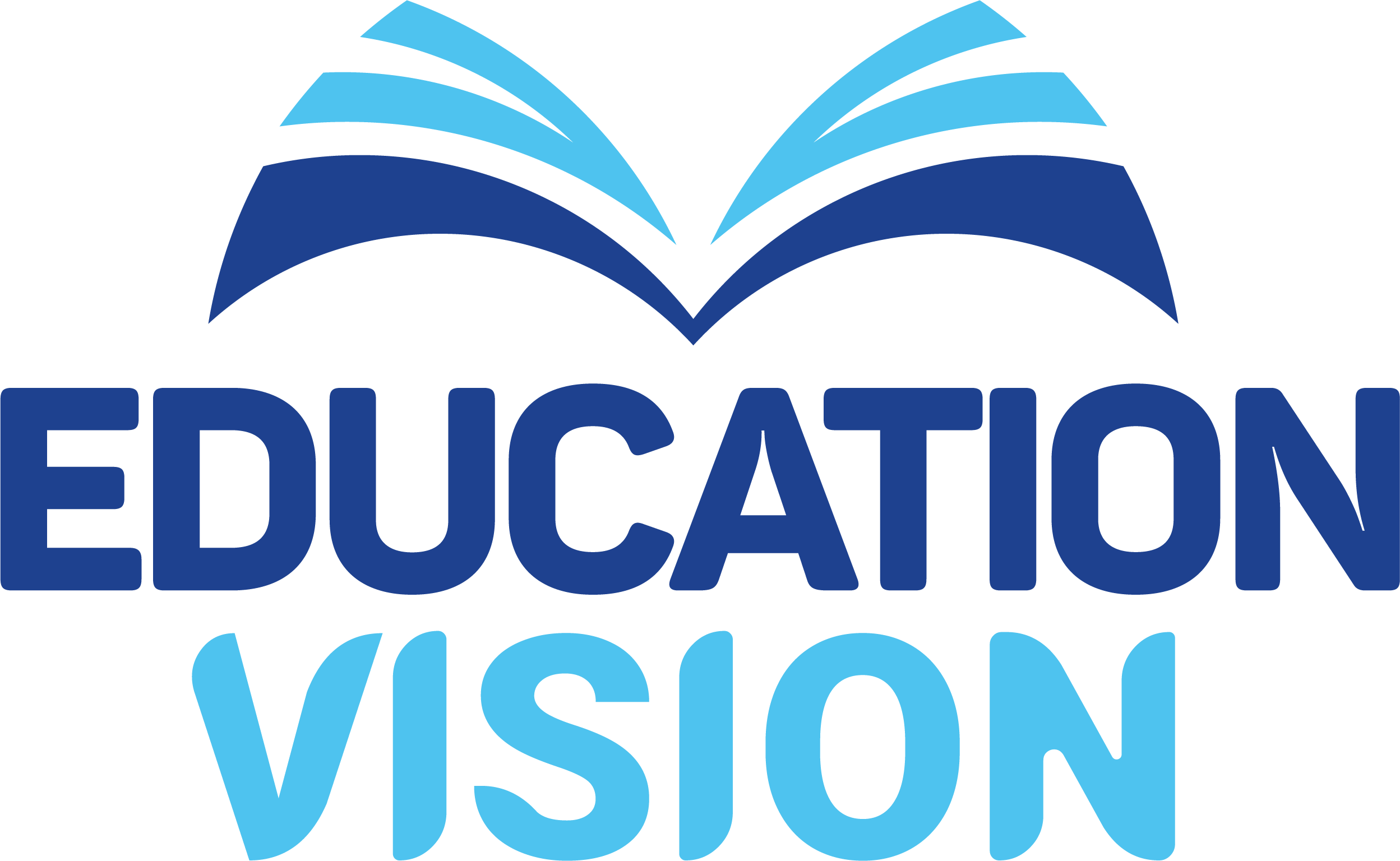(This article was first published in the New Vision on October 26, 2022)
The Ministry of Education and Sports has been developing a digital agenda to facilitate blended learning in higher institutions of training. While the ministry has not yet rolled out the agenda, it says that the plan will increase enrollment and reduce pressure on the institutions’ physical infrastructure. But how ready are universities to offer blended learning? Francis Emukule writes.
When Sandra Lamwaka travelled to Nairobi, Kenya, to pursue her master’s degree in digital journalism at the Aga Khan University Graduate School of Media and Communications in 2020, she never imagined that she would have to take online lessons. However, when the COVID-19 pandemic hit, Lamwaka flew back to Uganda where she completed the rest of her assignments and research online.
“I struggled with coping (with online classes) at first, but I later got used,” she says.
Some Ugandan educational institutions which decided to use online platforms during the pandemic to help students, plan to continue offering blended learning.
The First Lady and Minister of Education and Sports, Mrs Janet Museveni, recently said all institutions should facilitate digital learning as the ministry is expected to roll out a digital agenda.
The minister says digital learning will increase enrolment and reduce pressure on the institutions’ physical infrastructure and scholastic materials.
Aaron Mushengyenzi, the Vice-Chancellor of Uganda Christian University (UCU), says the institution has built a sh1.4b platform to facilitate online learning.
“We are not only ready. We are successfully teaching online,” he adds.
The university’s virtual learning environment is linked to its digitalised learning resources in its library, allowing students to access books online. Students get login details for the system to access information about their programmes and course content before classes begin.

Blended Learning
Mushengyenzi says now that students are attending in-person lectures, the e-learning platform is used to access notes and recorded lectures.
“We used this platform to conduct exams through the open distance and e-learning system during the COVID-19- induced lockdown,” he adds.
Rebecca Kangabe, the director of ICT at UCU, says the online system allows the institution to archive data, such as test scores, with ease.
In September, Makerere University was awarded a $2m (sh7.6b) grant by Mastercard Foundation to develop content and make it accessible to students online, to support blended learning.
The university’s public relations officer, Ritah Namisango, says the institution conducted lectures and exams during the pandemic through its e-learning platform which it seeks to boost with the grant.
“Lecturers have been prepared for a mix of online and face-to-face teaching,” Namisango adds. “Under the 18-month Mastercard Foundation grant project, our trained experts have been attached to colleges to train staff to develop content for online lessons.”
Prof. Jasper Ogwal-Okeng, the Vice-Chancellor of Lira University, says the institution which has been offering in-person and online learning since the outbreak of the pandemic, plans to continue offering blended education.
While Mountains of the Moon has also been delivering online and face-to-face lessons since the outbreak of COVID-19, it is hindered by a lack of infrastructure and tools, like phones and laptops, according to deputy vice-chancellor for academics and outreach, Prof. John Massa Kasenene.
“We equipped staff with knowledge and skills for online teaching,” he adds.
Jacob John, the public relations officer of the International University of East Africa, is hopeful that the digital agenda will facilitate online learning for institutions which have tried to offer blended education without success.
John Ochira, the assistant commissioner of university education and training in the education ministry, says all institutions need to introduce online learning to increase their competitiveness. “If we do not embrace e-learning, we will be left behind,” he adds.
Is It Ideal?
Prof. Eli Katunguka, the Vice-Chancellor of Kyambogo University, says while online learning comes with a lot of advantages, especially for long-distance learners, it has its challenges. For instance, he says it is hard to tell if all students who have logged into the online lesson are learning since there is no physical interaction between them and the teacher.
Richard Mugisha, a student of computer science at Makerere University, says it is sometimes hard to comprehend online lessons because of a lack of concentration and the many disruptions outside the classrooms.
“It is also not feasible for some courses, like systems analysis, because of its practical aspects,” he argues.
This is why Mushengyezi thinks online classes should only supplement in-person learning.
“Physical classes will always be required,” he says.
However, for Phionah Mushabe, a third-year student of law at UCU, says digital teaching eases learning.
“You don’t need to go to campus to attend classes and get reading materials. You can access recorded lectures and books from the online library,” she says.
Happy Kyoshabire, a student at UCU, says the online system has allowed her to stay ahead of her peers as she can access content before lectures.
“Change is inevitable, but there is a need to put in place measures to ensure all students participate when an online class is held,” Rachael Ngabire, a finalist in library and information science at Makerere University, says.
Linda Arinda, a finalist in library and information science at Makerere University, says limited digital literacy makes learning complex.
“During ICT lectures, there were students who did not know how to use computers,” she says. “You need to educate people. Otherwise, students in urban areas might benefit more from e-learning than those in rural areas.”
Physical Class
Wilfred Muhumuza, the dean of students at Ndejje University, says the poor internet connection and data cost still lock some students out of digital learning.
“We have some courses online, but we will continue to have physical classes to allow students to interact,” he adds. “Students need to interact physically for their mental well-being.”
Muhumuza argues that in-person classes create opportunities for social interactions among students and that a learning approach that denies learners this and keeps them glued to computers could trigger stress.
A source says in-person learning remains the most effective way for students to gain knowledge and make the most of their school life. He argues that digital learning should be deployed in specific situations, such as long-distance learning or lockdowns.
“Learning does not only take place in classrooms. You want students to meet and build communities and meaningful relationships,” he adds.
“You need to facilitate the cross-pollination of ideas and this is better facilitated when students meet,” he says.
Internet Penetration
A report by the Uganda Communications Commission shows that the number of internet subscriptions crossed the 20 million mark in 2020. This means that one in every two Ugandans has an internet connection or half of the population, which is still low.
Uganda ranks poorly in internet affordability, quality and infrastructure in the 2022 global Digital Quality of Life Index (see graphics). Kenya is ahead of Uganda by 23 places in internet affordability, one place for quality and 49 places when it comes to infrastructure. Tanzania is ahead of Uganda by five positions for affordability, two positions for quality and one place for infrastructure.
Aside from affordability and infrastructural challenges, as Makerere and UCU, have demonstrated, investment in online learning infrastructure requires a lot of money, which is not within the reach of new and small universities. Some only have licenses from tech companies, like zoom, to conduct classes.
Mushengyezi says even universities as large as UCU need tax waivers and grants to set up and maintain effective online education platforms to keep students learning.
“You need big investments in Wi-Fi infrastructure and systems that can handle large numbers. You need more servers, laptops and zoom licenses,” he adds.

